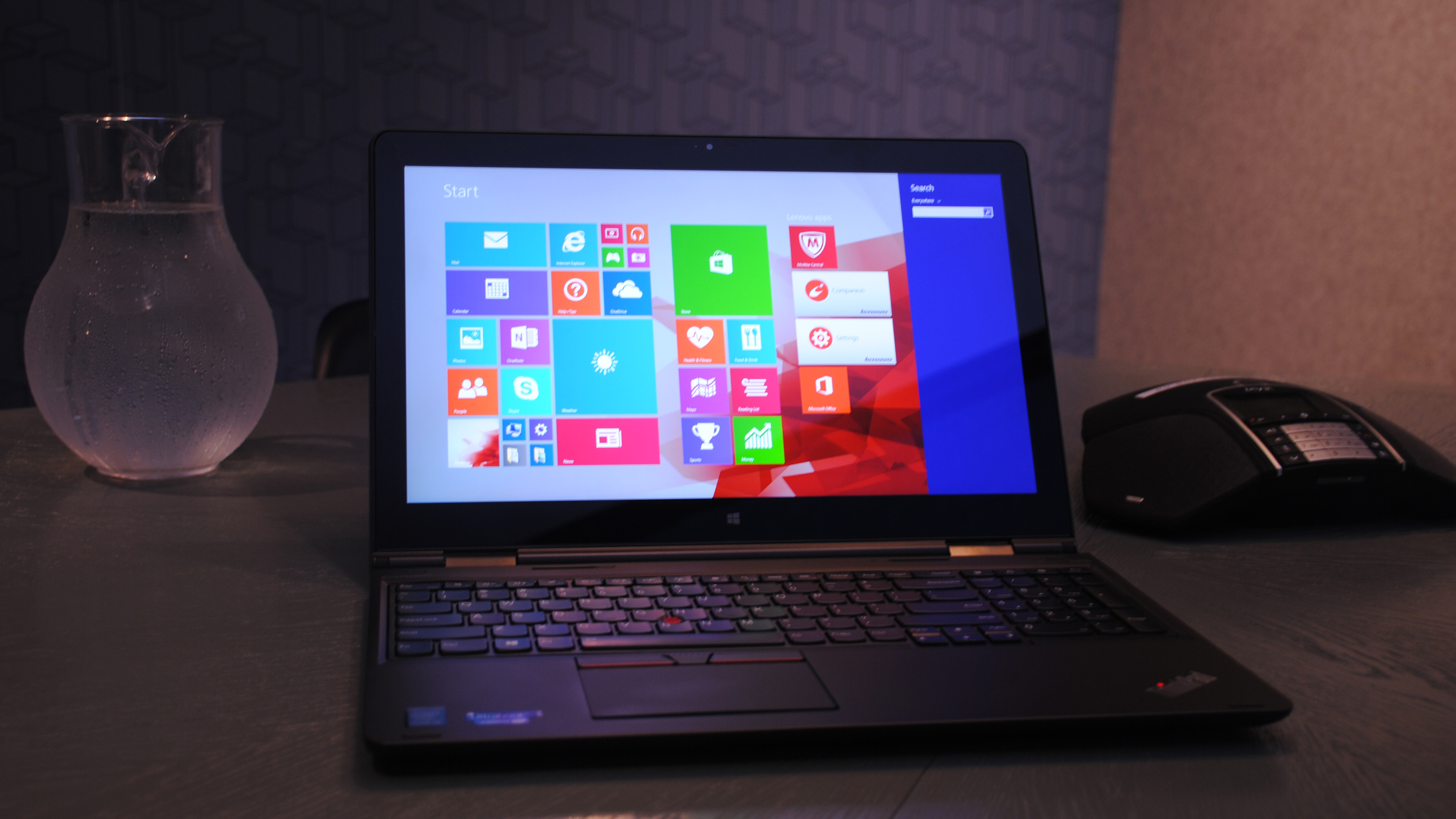Windows Hello will kill the Windows log-in password on these PCs
Just BYO-Face to Windows 10

Microsoft is introducing a new way for consumers to log into their PCs and authenticate themselves within Windows 10. With Windows Hello, users can log in with a PIN, fingerprint, iris recognition or a face scan.
Microsoft's face-scanning feature is more secure than the face scan systems found on Android smartphones today, as it requires a new camera module that is less likely to be fooled by hackers.
Unfortunately, what this means is that if you want to use face recognition to log into your favorite workstation, Ultrabook, notebook or tablet, you'll need a PC with Intel's RealSense 3D camera. If your existing machine doesn't come with Intel's camera, like my review unit of the HP EliteBook Folio 1020 G1 (non-Limited Edition variety), then you can buy an external camera ($99, £63, AU$134) to do the job.
The good news is that some Windows 8.1 systems on the market today already ship with a RealSense 3D camera.
Hello, face!
Once you upgrade to Windows 10 starting July 29, the RealSense 3D cameras on these systems will become activated to work with Windows Hello. Here are the systems that come with Intel's camera module:
- Dell Inspiron 15 5548
- Acer Aspire V7 Nitro
- Lenovo ThinkPad Yoga 15
- Asus N551Q
- Asus ROG G771JM
- Asus X751LD
- HP Envy 15t Touch
- Lenovo B5030
- Dell Inspiron 23 7000
- HP Sprout
Additionally, there are a few Japan-only models that are Hello-compatible. If you reside in the Land of the Rising Sun, you can expect to use Windows Hello out of the box with these systems:
- Fujitsu Esprimo WH77/S
- LaVie Note Standard NS850/AAB
- LaVie Desk All-in-One DA970/AAB (23-inch)
- LaVie Hybrid Advance HA850/AAS
Both the LaVie Note and LaVie Hybrid Advance systems are available rebranded under the Lenovo name outside of Japan as the Lenovo LaVie Z and Lenovo LaVie Z 360, respectively. Intel's website doesn't indicate that the Lenovo variants come with the RealSense 3D cameras.
Are you a pro? Subscribe to our newsletter
Sign up to the TechRadar Pro newsletter to get all the top news, opinion, features and guidance your business needs to succeed!
Windows Hello
Windows Hello is part of Microsoft's efforts to make consumer computing more accessible and secure. Business users will still have access to enterprise features, such as TPM, Smart Card and fingerprint scanning.
In addition to Windows Hello, Windows 10 will also come with Windows Passport. Passport is part of Microsoft's single sign-on so you don't have to reauthenticate with trusted apps or websites.
The goal with Passport and Hello is to bring security features to consumers while at the same reducing friction in adoption.
For example, today consumers may choose to bypass using a traditional password for Windows login because it takes time and is too much of a hassle. A scan of a fingerprint, iris or face is less time consuming and requires little extra effort from the user.
Both Microsoft and Intel promise that new systems with RealSense 3D will ship this year.
- Read the latest trends in biometric security